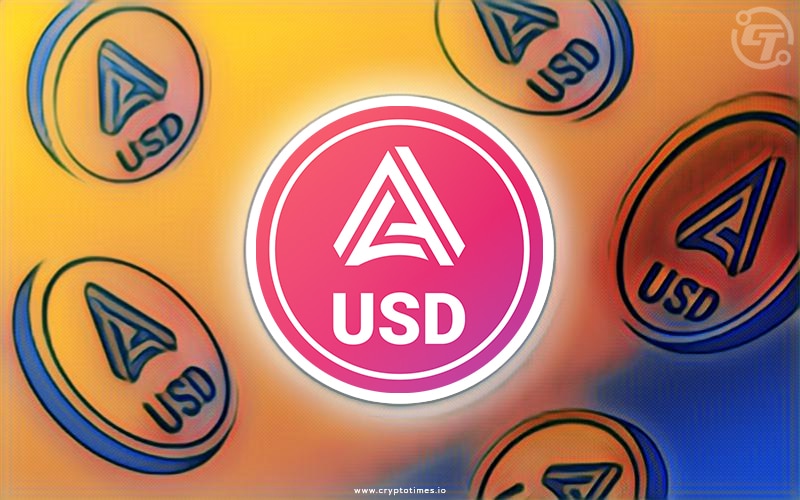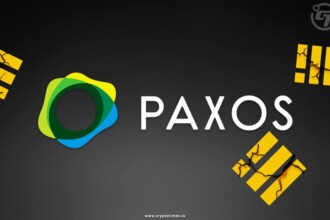Several stablecoins have had a horrible year in terms of sustaining their US dollar value with the latest addition being Acala network’s aUSD. The most controversial depegging of Terra USD (UST) did cause the whole community to crumble and the sector is yet to recover.
The collapse of Terra UST was one of the biggest events in the cryptocurrency market this year, and the community is still reeling from it. Surprise, surprise— now Polkadot’s DeFi hub Acala Network’s multi-collateral stablecoin aUSD lost its dollar peg just 3 months after the Terra crash.
Let’s understand what the aUSD depeg is and how it depegged to a magnanimous 99% after the hack.
What is Acala USD (aUSD)?
Acala introduced the Acala USD, a multi-collateral, decentralized crypto backed stablecoin. The foundation of Acala’s DeFi ecosystem is aUSD, which will also fuel the Polkadot and Kusama ecosystems as a stablecoin.
The aUSD stablecoin is created by connecting blockchain assets to the Polkadot network. Anyone with Acala-supported cryptocurrencies can construct aUSD using the Honzon protocol to create a Collateralized Debt Position (CDP).
Users can also obtain aUSD tokens by purchasing them from brokers or exchanges. The aUSD stablecoin can be used on any Polkadot-connected blockchain.
Acala combines an autonomous risk management algorithm within the Honzon protocol and community governance to preserve the stability of the aUSD.
The Acala network includes a governance token known as ACA which comprises three applications. The initial application of ACA is its use as a network utility token. Acala users require ACA to pay transaction fees, scalability fees, and liquidation penalties.
ACA holders can propose network upgrades and risk level modifications, which are either approved or rejected by the elected on-chain General Council. It is important to note that owning ACA does not entitle Acala users to any returns generated by the network.
The ACA token’s ultimate use case is dealing with eventualities. In the event of a sudden drop in the price of a collateral asset, the Acala system will immediately liquidate and sell ACA tokens to prevent CDPs from being under-collateralized.
How did the Acala hack cause aUSD Depeg?
On Sunday, Acala network’s native stablecoin aUSD depegged and dropped 99% after hackers minted 1.28 billion tokens by exploiting a vulnerability in a newly-deployed liquidity pool.
Acala identified the issue as a misconfiguration of the iBTC/aUSD liquidity pool that resulted in error mints of 1.288 billion, currently resting in 16 different accounts.
A considerable number of aUSD were mistakenly minted due to the misconfiguration of iBTC/aUSD liquidity pool (“iBTC/aUSD LP”), which went operational earlier on August 14, 2022. The proposed rewards for staking in iBTC/aUSD LP were INTR and ACA, however the misconfiguration minted aUSD in return.
The network tweeted that the misconfiguration has since been corrected, and wallet addresses that received the incorrectly minted aUSD have been discovered, with on-chain activity tracing for these addresses currently underway. The team further stated that the accounts involved have been barred from transferring tokens.
According to preliminary on-chain tracing, over 99% of the erroneously minted aUSD remains on the Acala account, with a minor amount being swapped for ACA and other tokens on the Acala parachain.
At the time of writing, aUSD is trading at a price of $0.0089.
Prevention of Hack
Acala network, a decentralized banking hub of Polkadot, tweeted that a vote was suggested to halt operations on Acala due to configuration issues with the Honzon protocol, which impacts its stablecoin Acala USD (aUSD).
Functions such as swap, xcm, and honzon-related functions on Acala have been halted until further notice via urgent governance votes. Furthermore, the Oracle pallet has also been paused so that customers do not have to worry about liquidations in the interim.
A new referendum proposal was put forth to help remedy the error mint and restore the USD peg.
- Firstly it proposed that the 1,288,561,129 USD which had been incorrectly minted and were still present on these 16 accounts be returned to the Honzon protocol and essentially be burned.
- Secondly, the Honzon protocol should receive the 4,299,119 incorrectly minted aUSD that are still in the iBTC/aUSD reward pool so that they can be efficiently burned.
Also Read: Why Terra Luna is Crashing Down with its Stablecoin UST?
To mitigate the impacts of Sunday’s exploit, the community of the Polkadot-based DeFi platform Acala held a vote on August 15 that suggested destroying the 1.2 billion aUSD tokens. After the protocol burned 1.2 billion aUSD tokens, the Acala stablecoin, aUSD, came very close to recovering its peg with the US dollar.







